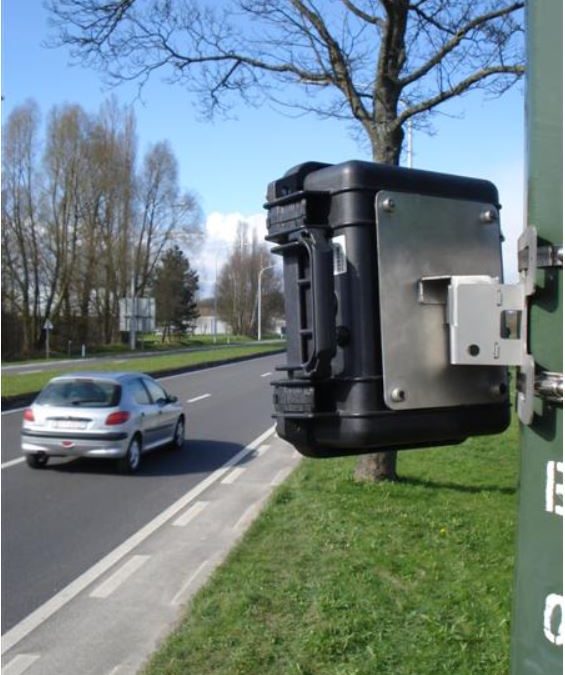Here we take a look at the risks associated with the technology that is available for traffic counters.
Loops and Tube Traffic Counter Classifiers
The traditional way to count traffic using automatic counters is to use either loops or tubes. These have proven over the years to be reliable, but there are problems. These days the focus is to use non-intrusive technology on the highway. Tube installation can damage the carriageway, frost can get into the holes made by cleats, and potholes appear.
Loops do not normally cause consequential damage, but they are susceptible to being damaged themselves by a 3rd party. There are also Section 58 orders to consider that prevent excavations. There are health and safety issues with the installation of these types of equipment. Traffic management is normally required for slot cutting loops which is relatively costly and can cause traffic delays. Tube counters are simpler to install, you need some cleats and a big hammer, but I do wonder how many tube counters are installed without appropriate traffic management and permits.

Radar Counters and Classifiers
Radar counters and classifiers are a very good alternative. They are normally mounted on an existing pole or street lighting column (remember to get permission to use the asset) and do not require a power supply. Our TMA-122 2 lane counter can last between 3-4 weeks on one battery charge. They can be solar powered for longer installation periods, and even have sim cards for GPRS communications.
The location of the installation of a radar counter is important. You need to consider
• Is the mounting pole perpendicular to the road (a deviation in the post of 6 degrees can create a speed measurement error of 5 %.
• Is the location outside braking, acceleration and congestion zones.
• Is the road strait? A curve in the road can affect the performance
• Are there a high number of HGVs on the route that could block the 2nd lane, in which case it needs to be mounted higher than normal. Normal is about 2m away from interfering fingers
Tests have found that the radars work well down to about 6 mph. C&T Technology Ltd conducted a trial of a radar on a loop site over a 3 week period and compared the results. We found that by comparing the difference there was on average a 3% difference between the radar and the loop counter. On deeper analysis we found that the radar was affected by the traffic queuing back from a set of traffic signals in the morning peek so the results could have been slightly better. These results are in line with Icoms Detections own testing results.

Conclusion
If you are looking for a permanent counter, and traffic management is not an issue loops counters have a proven track record. As a former maintenance engineer, I have found that there could be an issue if the site is difficult to access and needs this to be considered. What is the likelihood of the loops being damaged? On a dual carriageway unlikely, if in an urban environment this is more likely. Have a look at the road, are there trench reinstatements already there? Could the road be dug up again?
If these risks exist there are several radar products that can cover multiple lanes. Our own product is designed to be temporary or permanent.
For temporary sites you need to consider the potential issues with tube counters. This could be damage to the road, permits to work, trip hazards, damage to vehicles if the tubes break free, cyclists and the risk to the operative installing the tubes, potentially in a live carriageway.
I hope this gives you some useful information and if you want to talk to me about our own radar counters and classifiers please have a look through the rest of our website.
Chris Webb


